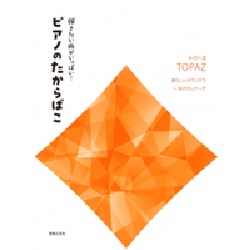MacDowell, Edward Alexander : Zwölf Etüden Alla tarantella Op.39-2
Work Overview
Genre:etude
Total Playing Time:1 min 00 sec
Copyright:Public Domain
Commentary (1)
Author : Ooi, Kazurou
Last Updated: July 21, 2025
[Open]
Author : Ooi, Kazurou
Tarantellas were frequently composed by Romantic composers, not exclusively by this one, and while it is a popular title, there are aspects that warrant discussion. Unlike Classical and Modern periods, Romantic pieces allow for freedom in tempo and often employ rubato. Without rubato, Romantic pieces can become dry and rigid; thus, rubato is an essential element for Romantic music. However, this particular Tarantella requires careful consideration.
From this point, the discussion reflects the author's unique perspective: the author believes that the beat is crucial in a Tarantella. It is important for performers to feel the duple meter (2-beat pulse) and for listeners to perceive it, as this contributes to the piece's enjoyment and appeal. It is highly recommended to listen to performances of Tarantellas by other composers, such as Liszt, Burgmüller, and Brahms, not limited to piano pieces. Many professional performances of these Tarantellas maintain a clear beat, without tempo fluctuations, and are often played in a steady, straightforward manner.
However, what happens if this beat is disrupted and the tempo falters? Listeners would completely lose the beat, become unable to count the duple meter, resulting in a chaotic performance. Therefore, for a Tarantella, never disrupt the tempo; always maintain awareness of the beat and play at a consistent tempo from beginning to end.
In this particular piece, the beat and tempo are especially prone to becoming unstable in the final five measures, so remember to count until the very end.
PTNA & Partner Channel Videos(2items)
Sheet Music
Scores List (4)

(株)エー・ティ・エヌ

(株)エー・ティ・エヌ

(株)音楽之友社



